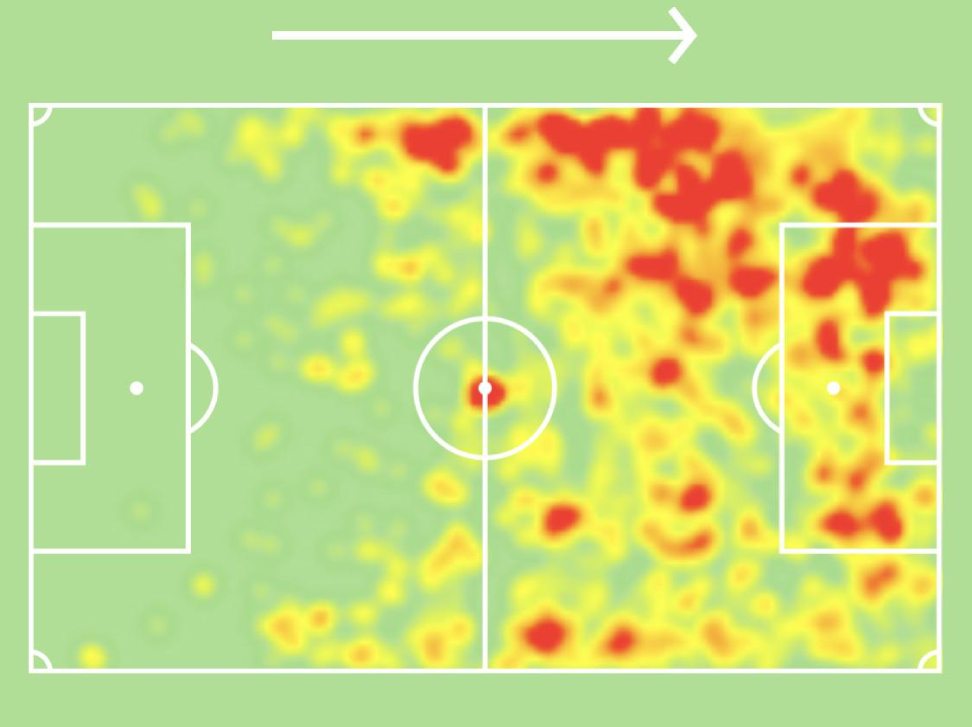Tigerexch, Skyinplay, Playinexch, T20 Exchange: Injury heat maps have become an invaluable tool in the world of football analysis. With their ability to reveal hidden secrets, these maps have revolutionized the way we understand the impact of injuries on the game. No longer are injuries viewed as unfortunate accidents; they are now dissected and analyzed using sophisticated visual representations.
Imagine the excitement of being able to see, at a glance, the areas of the pitch where injuries occur most frequently. These heat maps provide a detailed picture of the hotspots where players are most vulnerable. Coaches and analysts can use this information to develop strategies that minimize the risk of injuries and maximize player performance. It is truly remarkable how injury heat maps have changed the game, allowing us to uncover the secrets that were once hidden beneath the surface.
- � Injury heat maps have revolutionized football analysis by providing visual representations of the impact of injuries on the game.
- � These maps allow us to see the areas of the pitch where injuries occur most frequently, giving valuable insights into player vulnerability.
- � Coaches and analysts can use this information to develop strategies that minimize injury risk and enhance player performance.
- � The power of injury heat maps lies in their ability to unveil hidden secrets that were once unknown or overlooked.
- � By understanding where injuries are most likely to happen, teams can take proactive measures to protect their players and optimize team performance.
Unleashing the Impact: How Injury Heat Maps Revolutionize Football Analysis
Injury heat maps have taken the world of football analysis by storm, uncovering hidden secrets and revolutionizing the way the game is analyzed. These powerful visual representations provide an unprecedented level of insight into player injuries, their frequency, and their overall impact on the team. Gone are the days of relying solely on injury reports and statistics; with injury heat maps, we can now see the exact locations on the field where injuries are most likely to occur.
This newfound knowledge has unleashed a wave of excitement among football analysts and enthusiasts. Coaches and team managers can now make more informed decisions about player positioning and training strategies, helping to minimize the risk of injuries and maximize player performance. With injury heat maps, the game of football has entered a new era of precision and data-driven analysis. Whether it’s identifying potential injury hotspots or understanding how different surfaces affect player well-being, these heat maps are unlocking a wealth of information that was previously hidden from view. The impact they have had on the sport cannot be overstated, and football analysis will never be the same again.
What are injury heat maps in football analysis?
Injury heat maps in football analysis are visual representations that showcase the frequency and location of injuries on a football field.
How do injury heat maps revolutionize football analysis?
Injury heat maps revolutionize football analysis by providing valuable insights into player movement patterns, high-risk areas, and injury trends, which can help teams make informed decisions to prevent injuries and enhance performance.
How can injury heat maps unveil hidden secrets in football analysis?
Injury heat maps can unveil hidden secrets in football analysis by revealing patterns and correlations between injuries and specific areas of the field, player positions, game situations, or even particular opponents.
Why are injury heat maps powerful in football analysis?
Injury heat maps are powerful in football analysis because they allow teams and analysts to visualize the impact of injuries, identify potential risk factors, and devise strategies to mitigate them, ultimately improving player safety and performance.
How can injury heat maps be used in player training and development?
Injury heat maps can be used in player training and development by helping coaches and trainers identify areas of the field where players are more susceptible to injuries. They can then focus on developing specific skills, techniques, or strengthening exercises to prevent injuries in those areas.
Can injury heat maps be used to analyze the performance of specific players?
Yes, injury heat maps can indeed be used to analyze the performance of specific players. By tracking their injury patterns on the field, teams can assess whether certain players are more prone to injuries and adjust their training and game strategies accordingly.
Can injury heat maps help teams in strategizing their game plans?
Absolutely! Injury heat maps provide teams with valuable information on high-risk areas where injuries occur frequently. Teams can then use this data to strategize their game plans, such as avoiding those areas or assigning players with a lower risk of injury to cover those regions.
Are injury heat maps only helpful for professional teams?
No, injury heat maps can be helpful for teams at all levels, from professional to amateur. Understanding injury patterns and risks can benefit any team, regardless of the level of competition, as it allows them to prioritize player safety and enhance overall performance.
How can injury heat maps be generated and analyzed?
Injury heat maps can be generated and analyzed using advanced data collection tools, such as GPS trackers, video analysis software, and statistical analysis techniques. These tools help gather data on player movements, injuries, and correlate them to create meaningful heat maps for analysis.
Are injury heat maps a game-changer in football analysis?
Absolutely! Injury heat maps have the potential to be a game-changer in football analysis as they provide a visual representation of injury patterns that can significantly impact decision-making, player safety, and overall team performance.
Additional:

